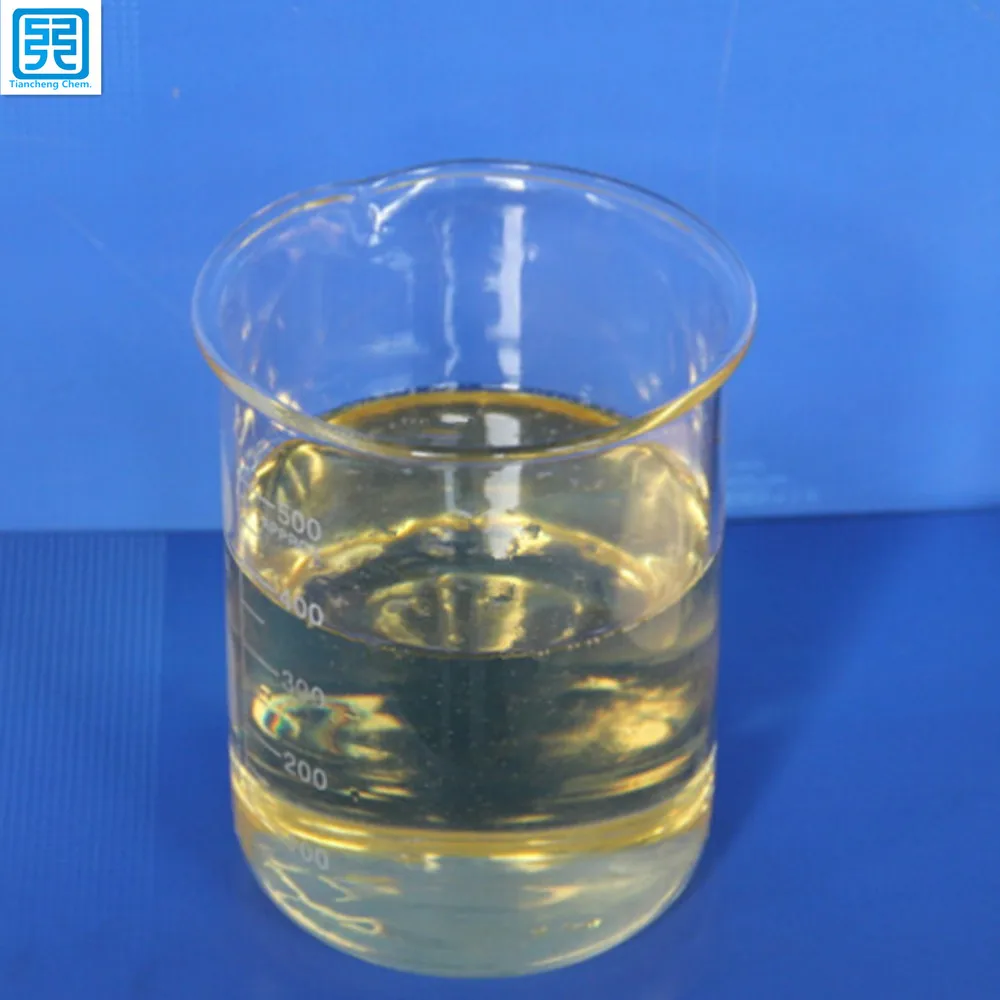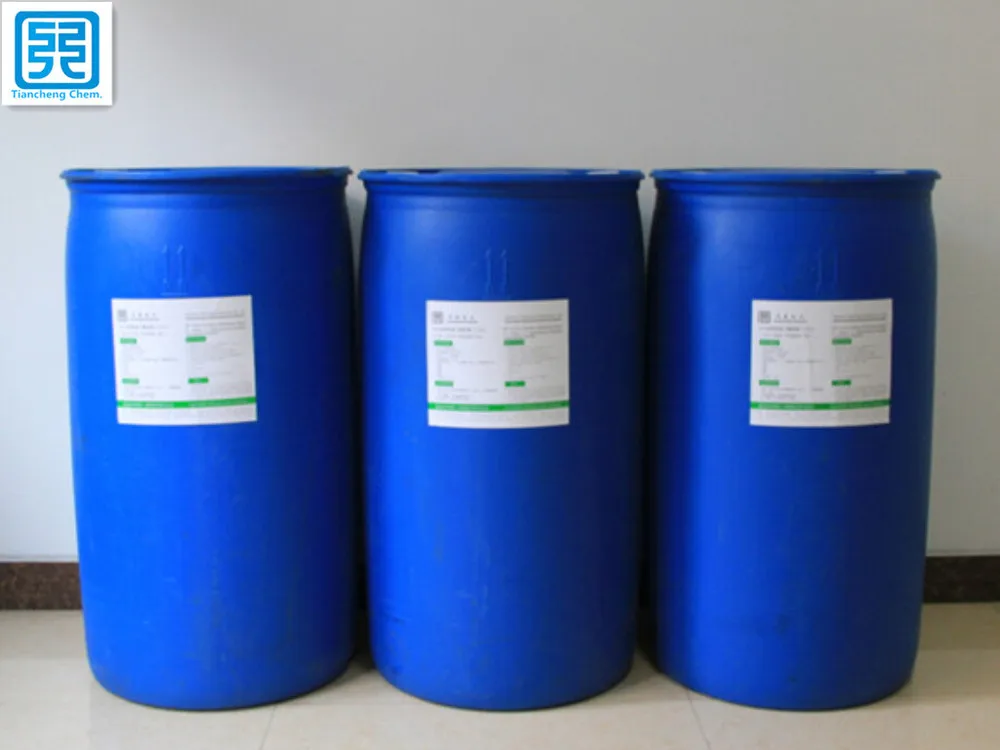Huang Huang technical problems
With the constant improvement of economic level, people` requirements on the quality of paper are increasing high. A great number of paper products must have excellent resistance to fracture under moist state, in other words, must have a certain degree of wet strength. While the traditional papermaking wet strength agents are urea resin and melamino-formaldehyde, both belonging to formaldehyde resin with intense pungent smell and certain toxicity, and can be used in acid condition to acquire the wet strength. However the whiteness will descend a lot and the paper will be weak after the finished paper acquiring the wet strength. Polyamide polyamine epichlorohydrin resin (PAE) is water soluble, cationoid and thermosetting resin. This product is a non-formaldehyde polymer, non-toxic and tasteless, with a wide range of PH value and suitable for acid, neutral or slightly alkaline papermaking conditions, as well as the acid condition. Wet strength effect is better than the urea-formaldehyde resins and melamine formaldehyde resin. PAE resin, which is an excellent Wet Strength Agent, develops fast in recent years with China`s paper industry development.
The high performance papermaking wet strength agent (PAE) that we produced has been widely used in a great amount of domestic factories and the finished paper products` wet strength index has surpass the similar products in domestic and foreign counties.
1. Performance Indicators
Item
Indicator
Appearance
Light yellow to light amber translucent liquid
Solid content,%
25
Viscosity mpa.s (25℃)
25~70
PH value
4.0~6.0
Density kg/l
1.03
Ion type
Cationic
Ice point (℃)
-1℃
Storage period (under normal temperature)
≥90
Solubility
Diffluent in cold water
2. Application
PAE active ingredient is polyamide epichlorohydrin thermosetting resins that can be used as below:
1. Paper products with the need for drying or wiping water, such as: napkins, wet tissue paper, facial tissue, paper napkins, kitchen towels, wiping window paper, industrial wipes, lens wiping paper, cosmetic paper etc.;
2. Outdoor paper: such as kraft paper, packing paper, outdoor poster paper, construction paper, sack paper, map paper, germinating paper, fruit bag paper;
3. Wet wrapping materials: such as paper cups paper, meat paper, wrapping paper and boxes for fruits and vegetables, frozen and refined food packaging paper, pressure sensitive copy paper, filter paper, leaching processing paper and tea bag paper;
4. Paper soaked in water: as photographic raw paper. Instead of disposable textile products, such as hospital bed sheets, toilet paper and other disposable hospital garb.
Other issues such as cigarette paper, paper used for invoices.
PAE, as wet strength agent excellent efficiency (PAE), has been widely accepted by the papermaking industry
5. Storage Condition
Storage: Avoid direct sunlight, prohibiting contact with concentrated acids. Storage temperature is 0 ~ 35 ℃and the product can be stored for up to 3 months under 5 ~ 35 ℃.
4.Package and Transportation Safety
Package: 200 kg polyethylene barrels or 1000 kg IBC barrels.
Transportation: The product is non-flammable, non-explosive and low corrosive and non-dangerous. It can use plastic buckets as containers on railways, highways, aviation, marine to achieve the purpose of the safe transport, and if the leaking occurs during transportation, you can simply rinse on the spot.
Wet Strength Agent Wet Strength Agent,Polyamide Epichlorohydrin Resin,WSR,Wetting Strength Agent Shandong Tiancheng Chemical Co., Ltd. , https://www.tianchengchemical.com
The black plastic film covering cultivation of yellow rice is more cost-effective than 400 yuan per square meter, and the yield is increased by 6.7% or more. It has special effects such as increasing temperature, avoiding light, moisturizing and weeding.
The methods of cultivation of soft yellow husks mainly include the method of cultivating pots, the method of softening the clay, the softening method of grass sheds, and the like. However, they all have the disadvantages of large labor intensity, many flowers and high cost.
In addition, in South China, there are many spring rains, high humidity, and fall often encounter high temperature and drought in the autumn. Using the above methods to soften cultivation, it is easy to rot, and cultivation management is more difficult. In order to explore a softening cultivation method that is suitable for the climate conditions in South China, which is simple and easy to implement, with less investment and quick effect, the Caidou Township of Xiadao Town, Nanping City, Fujian Province began to use black plastic film covering cultivation trials in November 2001 for more than two years. The exploration was successful. Practice has proved that: black film cultivation of sorghum yellow than the conventional tile cultivating cost savings of 400 yuan / 茬, mu production increased by 6.7% or more, and the use of black film covering cultivation, with warming, dark, moisture, weeding and other effects, the effect is obvious, it is worth Promotion and application. The key technologies are: to eradicate the source of pests and diseases before the yellowing, to apply sufficient root-fertilizer and deep ravine sorghum, adopt ventilation measures to avoid high temperature and high humidity, and cover with multiple layers of black agricultural film to ensure light protection at all times and timely harvesting. In case of continuous rain and high temperature, it is necessary to remove the film at night to reduce the temperature and humidity and to avoid rot. The test report is summarized as follows:
I. Materials and Methods The local Huangpi No.1, Huangpi No.2, and Sijiqing F1 etc. were selected to be planted for local cultivation. The above varieties were selected for breeding in Fugu County, Henan Province (Tel:0394-6464333). The conventional tile was used as a control for the cultivation of P. amurense. The area of ​​the test dish was 40 m 2 (33.3 m and 1.2 m), and three replicates. The yam test was conducted after the harvest of green bark every March-April and November-December.
After harvesting the barley, 120 kilograms of mature manure and 10 kilograms of decomposed dry poultry manure are applied per 40 m2, loose soil promotes roots, and roots promote seedlings.
After fertilization, in order to prevent underground cockroaches and gray mold, 800-fold plus 90% crystal trichlorfon 600 times plus 40% rust repellent 600 times liquid once. Clearing the soil in the garden, first remove the rotten leaves and other debris on the leek, and apply the soil to cover the ridge when the buds sprout 2 centimeters. The thickness is about 6 centimeters and the depth of the ravine is 30 centimeters to facilitate the seepage of the raft. If the soil is poor in sand, it can be mixed. Into the amount of fine sand, improve soil permeability. Bracket cover film, along the dish every 60 cm arch a bamboo piece, a small arch roof height of about 50 cm, covered with three layers of black agricultural film pressed along the edge of compaction. Before covering the membrane, prepare a bamboo tube with a diameter of 6-8 cm and a length of 50 cm. Remove the inner section and place a bamboo tube horizontally along each side of the vegetable bowl every 5 meters. Place one head toward the inside and the other end outside the shed. For ventilation in the shed. Yellowing usually takes 12-15 days to harvest. It takes too long and is of poor quality, easy to age, and susceptible to mildew. When the temperature is high, it can be harvested 8-10 days. Harvesting should be carried out in the dark in the evening. Continued film shading that was not harvested the same day.

